Herringbone Pattern
The herringbone pattern is a distinctive and visually appealing pattern that is commonly used in interior design, architecture, and textiles. It is characterized by a repeating V-shaped pattern that resembles the skeleton of a fish, hence the name "herringbone". This pattern can be found in various materials such as wood flooring, brickwork, tile, and fabric.
How to Create a Herringbone Pattern
To create a herringbone pattern, the following steps can be followed:
- Start by laying the first row of material at a 45-degree angle.
- For the second row, place the material at a 90-degree angle to the first row, creating a V-shaped pattern.
- Continue alternating the angle of the material in each row to maintain the herringbone pattern.
- Ensure that the edges of the material align properly to achieve a seamless herringbone pattern.
Applications of Herringbone Pattern
The herringbone pattern is widely used in various applications:
- Flooring: Herringbone pattern is popular in wood flooring, tile, and laminate flooring, adding a timeless and elegant look to the space.
- Brickwork: In masonry, the herringbone pattern is often used for its structural stability and decorative appeal.
- Textiles: Fabric with a herringbone pattern is commonly used in clothing, upholstery, and home decor.
- Design and Decor: The herringbone pattern can be incorporated into interior design elements such as backsplashes, wallpapers, and furniture.
Study Guide
Here are some key points to remember about the herringbone pattern:
- The herringbone pattern consists of a repeating V-shaped pattern.
- It is created by alternating the angle of the material in each row.
- Common applications include flooring, brickwork, textiles, and design elements.
- The pattern adds visual interest and a sense of sophistication to various surfaces and materials.
Understanding the herringbone pattern and its applications can enhance your knowledge of design and architecture, and also inspire creativity in your own projects.
.◂Math Worksheets and Study Guides Fourth Grade. Perimeter
Study Guide Perimeter
Perimeter  Activity Lesson
Activity Lesson Perimeter
Perimeter  Activity Lesson
Activity Lesson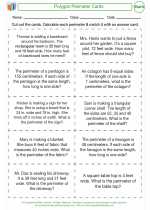 Polygon Perimeter
Polygon Perimeter  Activity Lesson
Activity Lesson Amazing Areas
Amazing Areas  Worksheet/Answer key
Worksheet/Answer key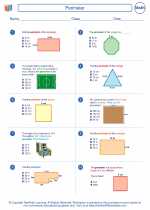 Perimeter
Perimeter  Worksheet/Answer key
Worksheet/Answer key Perimeter
Perimeter  Worksheet/Answer key
Worksheet/Answer key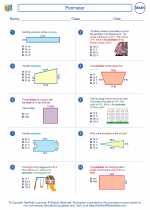 Perimeter
Perimeter  Worksheet/Answer key
Worksheet/Answer key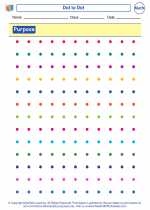 Dot to Dot
Dot to Dot  Worksheet/Answer key
Worksheet/Answer key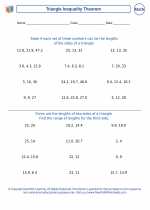 Triangle Inequality Theorem
Triangle Inequality Theorem  Worksheet/Answer key
Worksheet/Answer key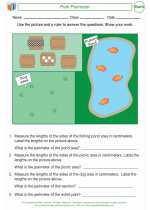 Park Perimeter
Park Perimeter  Worksheet/Answer key
Worksheet/Answer key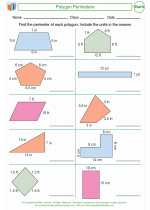 Polygon Perimeters
Polygon Perimeters  Vocabulary/Answer key
Vocabulary/Answer key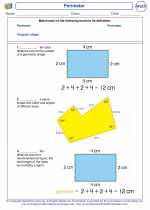 Perimeter
Perimeter 

 Activity Lesson
Activity Lesson
 Activity Lesson
Activity Lesson
 Activity Lesson
Activity Lesson
 Worksheet/Answer key
Worksheet/Answer key
 Worksheet/Answer key
Worksheet/Answer key
 Worksheet/Answer key
Worksheet/Answer key
 Worksheet/Answer key
Worksheet/Answer key
 Worksheet/Answer key
Worksheet/Answer key
 Worksheet/Answer key
Worksheet/Answer key
 Worksheet/Answer key
Worksheet/Answer key
 Vocabulary/Answer key
Vocabulary/Answer key

The resources above cover the following skills:
Geometry (NCTM)
Analyze characteristics and properties of two- and three-dimensional geometric shapes and develop mathematical arguments about geometric relationships.
Identify, compare, and analyze attributes of two- and three-dimensional shapes and develop vocabulary to describe the attributes.
Use visualization, spatial reasoning, and geometric modeling to solve problems.
Use geometric models to solve problems in other areas of mathematics, such as number and measurement.